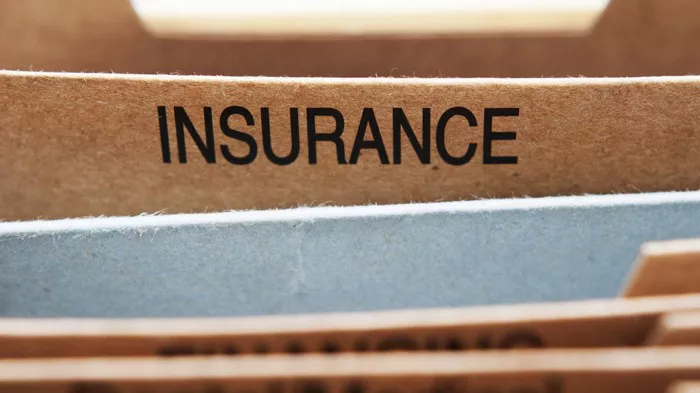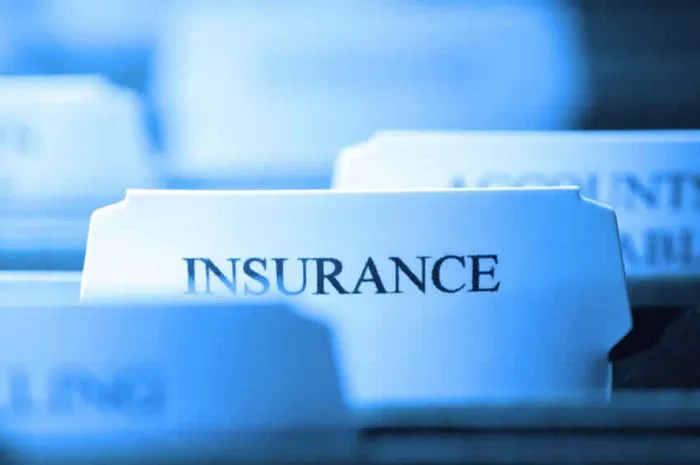Insurance companies often request inspections of homes they insure. This may seem intrusive, but it serves several important purposes. The primary goal is to assess risk accurately. By inspecting your home, the insurer can verify its condition, identify potential hazards, and ensure the coverage matches the property’s value.
Inspections help prevent disputes later. If a claim arises, both you and the insurer should have a clear understanding of the home’s pre-loss condition. This reduces disagreements over coverage limits or repair costs.
Risk Assessment and Underwriting
Insurance is based on risk management. Before issuing or renewing a policy, insurers need to evaluate how likely it is that a claim will be filed. A home inspection allows them to:
- Confirm the property’s structural integrity.
- Check for safety hazards, such as faulty wiring or plumbing.
- Verify that the home matches the description provided in the application.
Without an inspection, insurers might rely solely on your word or outdated records. This could lead to incorrect premiums or insufficient coverage.
Preventing Fraud and Misrepresentation
Unfortunately, insurance fraud exists. Some homeowners may intentionally underestimate risks to lower premiums. Others might overstate damages when filing claims. Inspections help insurers detect discrepancies early.
For example, if a homeowner claims their roof is new but an inspection reveals it’s old and damaged, the insurer can adjust the policy accordingly. This protects honest policyholders from subsidizing fraudulent claims through higher premiums.
Ensuring Proper Coverage
An inspection ensures your coverage aligns with your home’s actual value. If your policy is based on an outdated assessment, you could be overpaying or underinsured.
For instance, if you’ve made significant renovations, your home’s replacement cost may have increased. Without an inspection, your policy might not reflect these upgrades. In the event of a claim, you could face unexpected out-of-pocket expenses.
Identifying Potential Hazards
Some risks are not obvious without a professional inspection. Insurers look for:
- Fire hazards (e.g., outdated electrical systems).
- Water damage risks (e.g., poor drainage or old pipes).
- Structural weaknesses (e.g., foundation cracks).
By addressing these issues early, you can reduce the likelihood of future claims. Some insurers may even require repairs before providing coverage.
Compliance with Local Building Codes
Building codes evolve over time. A home that met standards decades ago might not comply with current regulations. Insurers check for code violations because non-compliant features can increase risks.
For example, older homes might lack modern safety features like GFCI outlets in bathrooms. If an electrical fire occurs due to outdated wiring, the insurer could face a larger claim. Inspections help mitigate such risks.
How the Inspection Process Works
If your insurer requests an inspection, here’s what to expect:
- Notification – The company will contact you to schedule a visit.
- Exterior Inspection – The inspector examines the roof, siding, foundation, and yard.
- Interior Inspection – They check plumbing, electrical systems, heating, and overall condition.
- Report – The insurer reviews findings and may adjust your policy.
Most inspections are quick and non-invasive. You don’t need to prepare extensively, but ensuring easy access to all areas of your home can help.
What Happens After the Inspection?
Depending on the findings, your insurer may:
- Approve Your Policy as Is – If no issues are found, no changes are made.
- Request Repairs – Some hazards may need fixing before coverage continues.
- Adjust Premiums or Coverage – If risks are higher than initially estimated, your rates might increase.
In rare cases, severe risks could lead to a policy cancellation. However, insurers typically work with homeowners to resolve issues first.
Common Reasons for Inspection Requests
Insurers don’t inspect every home randomly. Common triggers include:
- New Policies – Insurers often inspect homes before issuing a new policy.
- Renewals – After several years, an insurer may re-evaluate your home.
- Major Claims – If you file a large claim, an inspection may follow.
- Random Audits – Some companies conduct periodic checks to ensure accuracy.
Your Rights During an Inspection
You have the right to:
- Ask for the inspector’s credentials.
- Receive a copy of the inspection report.
- Dispute findings if you believe they’re inaccurate.
If an inspector notes problems, you can usually provide proof of repairs to avoid premium hikes.
How to Prepare for an Inspection
While you don’t need to renovate your home, a few steps can help:
- Clear access to attics, basements, and electrical panels.
- Fix minor issues like leaky faucets or broken railings.
- Have documentation for recent upgrades (e.g., a new roof).
A well-maintained home can lead to better policy terms.
Conclusion
Home inspections are a standard part of the insurance process. They help insurers set fair premiums, prevent fraud, and ensure you have adequate coverage. While the idea of an inspection might seem unnecessary, it ultimately benefits both you and the insurer by promoting transparency and accuracy.
If your insurance company requests an inspection, cooperate fully. Addressing any issues early can lead to smoother claims processes and potentially lower rates. Remember, the goal is not to penalize you but to provide the right protection for your home.
Related Topics:
How Do I Use My Dental Insurance?

































